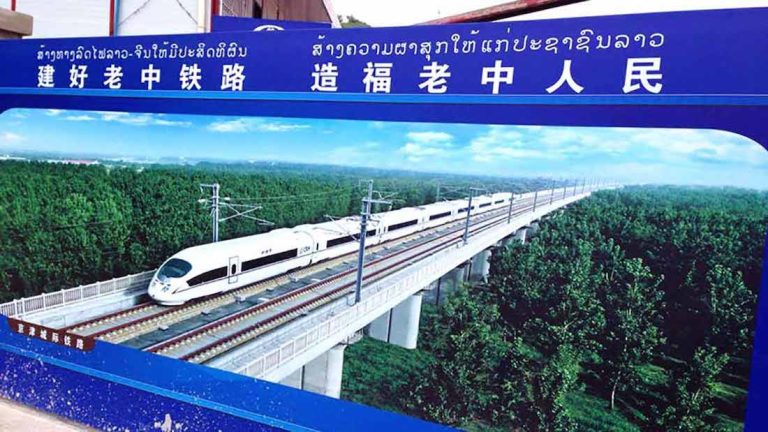
Beijing — The China-Laos Railway, a flagship project of China’s Belt and Road Initiative (BRI), has emerged as a vital transportation corridor since its launch in 2021. Spanning 643 miles (1,035km), the railway connects Kunming in southwest China’s Yunnan Province with Vientiane, the capital of Laos.
As of March 2025, the railway has safely handled over 50 million passenger trips and transported millions of tons of goods, significantly enhancing regional connectivity and fostering economic growth.

Boosting Cross-Border Travel and Tourism
The railway has become a preferred mode of transportation for international travelers, serving over 480,000 passengers from 112 countries and regions.
Monthly ridership has surged from 600,000 during its initial phase to 1.6 million across the entire route. This growth reflects its role in facilitating cross-border exchanges and driving tourism-related industries such as hotels, restaurants, and scenic spots near the route.
Railway authorities from China and Laos have collaborated with tourism departments to promote international travel services along the route. Enhanced services include multilingual support in Chinese, Lao, and English through translation devices at stations and onboard trains. Health-focused amenities such as portable blood pressure monitors further improve passenger experience.
Economic Impact
The railway has not only improved passenger mobility but also boosted trade between China and Southeast Asia. Since July 2022, direct freight services between China, Laos, and Thailand have transported over 230,200 tons of goods. Key exports include Thai fruits bound for China and Chinese beer and medicinal products heading to Thailand. This efficient logistics network has strengthened regional trade ties.
Additionally, the railway’s role in fostering economic growth is evident in its contributions to local industries along the route. The increased traffic has revitalized businesses such as hotels and restaurants while creating opportunities for cultural exchanges.
A Flagship Project Under the Belt and Road Initiative
As a golden transport corridor under the BRI framework, the China-Laos Railway exemplifies infrastructure-driven development. It has facilitated people-to-people connections while demonstrating potential for further expansion within the Pan-Asia Railway network. This broader network aims to integrate Southeast Asia with China through modern rail systems.
Looking ahead, planned upgrades to logistics hubs in Thailand’s Nong Khai province will enhance cargo transfer efficiency between different rail gauges used by the China-Laos Railway and Thailand’s domestic railways. Such developments underscore the railway’s strategic importance in regional integration.
The China-Laos Railway stands as a testament to the transformative power of infrastructure development within the Belt and Road Initiative. By facilitating cross-border travel, boosting economic growth, and fostering cultural exchanges, it has cemented its position as a critical link between China and Southeast Asia.
Belt & Road Success: China-Laos Rail Connects Nations (March 31, 2025)
#ChinaLaosRailway #BeltAndRoad #CrossBorderTravel #RegionalConnectivity #TourismGrowth #EconomicImpact #GoldenCorridor #RailwayInnovation #BRIInfrastructure #SoutheastAsiaTravel
Tags: China-Laos railway, Belt and Road Initiative, economic impact,
cross-border travel, trade corridor, regional connectivity,
tourism growth, passenger services, Southeast Asia rail network
x